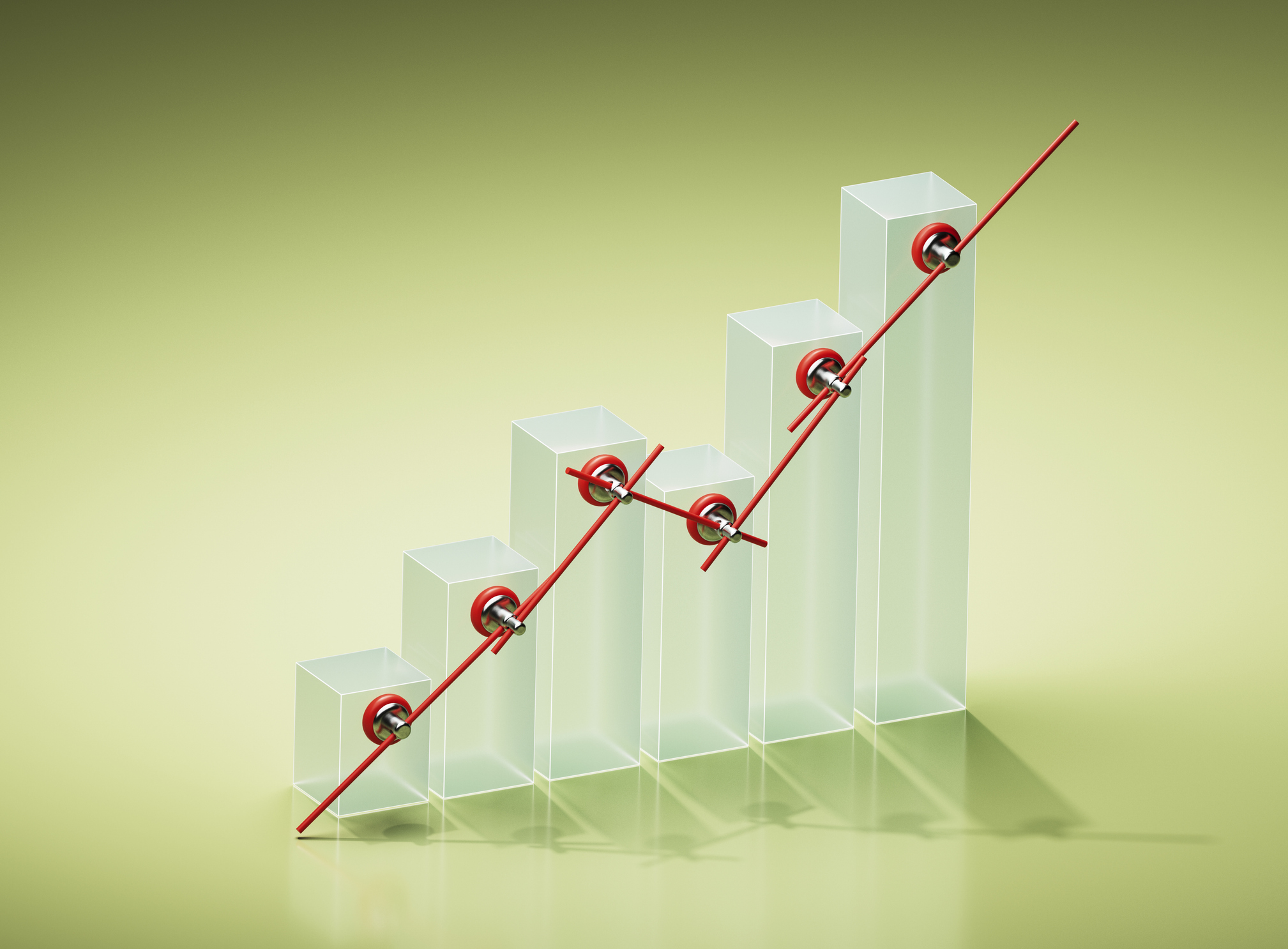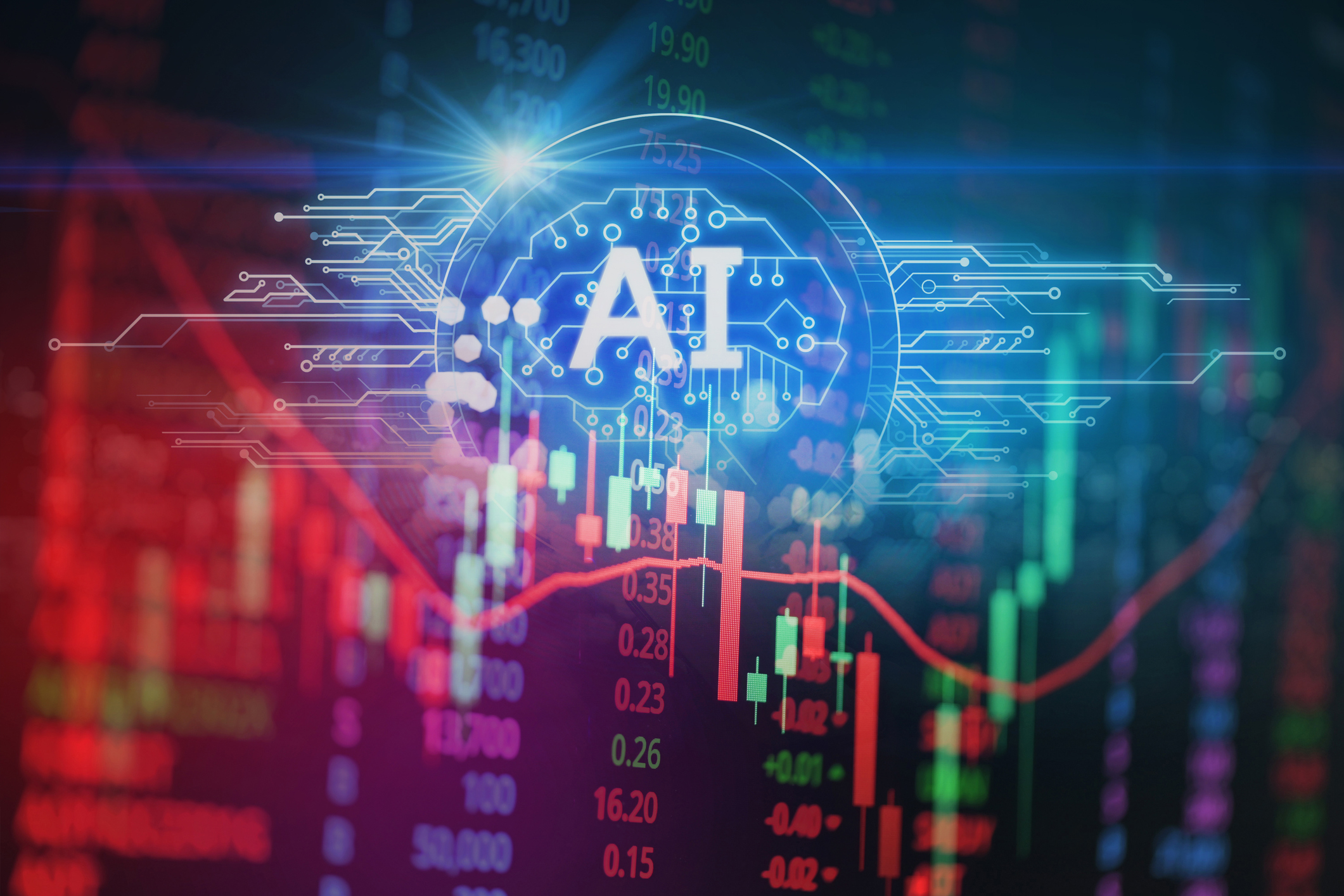Higher Prices Won't Deter Apparel Shoppers
Retailers -- except at the bottom end -- can look forward to brighter prospects.
No more sale signs blanketing clothing store shelves: Retailers’ ruthless inventory slashing is paying off. Stores cut their orders throughout 2009 to avoid repeating the fire sales needed in late 2008 to get rid of excess inventory. They got what they wanted: Clothing prices rose for the first time in 10 years last year. And they probably won’t come back down anytime soon. Retailers will do only selective discounting.
Despite the higher prices, consumers will buy more new duds, helping retailers put about 6% more money in the cash register. That’s double the likely average gain for retailers of all types. Last year, the opposite was true: Apparel sales declined by about 4%, while the retail sector as a whole lost only about 2%.
The fact is, for decades, apparel has been grabbing a smaller and smaller share of consumers’ dollars. Today it accounts for only about 3% of consumers’ total spending, versus 5% 20 years ago and 8% in the 1960s. That’s largely because though Americans are spending more on clothing than they did years ago, even larger chunks of their budgets are going to other goods and services. Health care, in particular, is soaking up a much bigger share, notes Adam York, an economist at Wells Fargo. Total consumer spending nearly tripled between 1990 and 2010, but apparel spending rose by only about 50%. And since the mid-1990s, steadily declining apparel prices have eroded apparel makers’ and sellers’ share of consumer spending as well.
From just $107.88 $24.99 for Kiplinger Personal Finance
Become a smarter, better informed investor. Subscribe from just $107.88 $24.99, plus get up to 4 Special Issues

Sign up for Kiplinger’s Free Newsletters
Profit and prosper with the best of expert advice on investing, taxes, retirement, personal finance and more - straight to your e-mail.
Profit and prosper with the best of expert advice - straight to your e-mail.
An uptick in apparel spending is good news for the economy. Apparel purchases are a good indicator of consumers’ willingness to spend on anything but necessities. And on that score, things are looking up. In a March survey by retail consultancy Kantar Retail, apparel was among the discretionary purchases gaining the most favor: The share of consumers planning to spend more on clothing for themselves and their children doubled from 2009 to 2010.
It doesn’t hurt that retailers are getting a better understanding of who’s shopping at their stores and what they want. Chris Goodin, a principal in Deloitte Consulting’s Strategy and Operations practice, says you’ll see “tighter assortments better aimed at retailers’ core customers,” because shoppers won’t open their wallets for just anything. The retailers that have been strongest coming out of the recession have distinctive product lines at the right prices: For example, Aéropostale has kept its teen-centric clothing at the right price throughout the downturn. Eclectic and trendy Urban Outfitters stocks unique dresses, shoes and T-shirts in its stores. Kohl’s, too, draws in consumers with a number of store-exclusive designer clothing lines at affordable prices, while Nordstrom is among the best performing department stores because its product mix has strong appeal to fashion minded consumers.
As the economy strengthens further, consumer demand is likely to support higher prices, even when inventories start climbing again. And they will rise again, says Frank Badillo, senior economist with Kantar. Higher-end makers and sellers, in particular, may be able to nudge prices up a bit, helping to reestablish the value of their brands. “There’s a certain quality for which consumers are willing to pay a premium,” says Adolfo Laurenti, deputy chief economist and managing director at Mesirow Financial, a financial services firm.
At the low end of the retailer spectrum, it’ll be tougher for prices to budge off the bottom. Steep discounts at department stores, piled on top of the usual sale prices, plus the rise of value chains such as Wal-Mart and Target, have conditioned shoppers at these stores to lower clothing prices. Coupled with the price-cutting retailers did during the recession, “there’s a new normal,” says Nate Herman, senior director for international trade at the American Apparel and Footwear Association. And high unemployment means many consumers will continue to pinch pennies, keeping pressure on prices at mass merchandisers and discount retailers.
Profit and prosper with the best of Kiplinger's advice on investing, taxes, retirement, personal finance and much more. Delivered daily. Enter your email in the box and click Sign Me Up.
-
 Vesting, Catch-Ups and Roths: The 401(k) Knowledge Quiz
Vesting, Catch-Ups and Roths: The 401(k) Knowledge QuizQuiz Test your understanding of key 401(k) concepts with our quick quiz.
-
 Why You Should Pay Attention to Company Guidance
Why You Should Pay Attention to Company GuidanceUnderstanding how corporate profit forecasts affect analysts’ estimates and stock ratings can help you make investment decisions.
-
 How to Protect Yourself and Others From a Troubled Adult Child
How to Protect Yourself and Others From a Troubled Adult ChildThis case of a violent adult son whose parents are in denial is an example of the extreme risks some parents face if they neglect essential safety precautions.
-
 Disney’s Risky Acceptance of AI Videos
Disney’s Risky Acceptance of AI VideosThe Kiplinger Letter Disney will let fans run wild with AI-generated videos of its top characters. The move highlights the uneasy partnership between AI companies and Hollywood.
-
 AI Appliances Aren’t Exciting Buyers…Yet
AI Appliances Aren’t Exciting Buyers…YetThe Kiplinger Letter Artificial intelligence is being embedded into all sorts of appliances. Now sellers need to get customers to care about AI-powered laundry.
-
 What to Expect from the Global Economy in 2026
What to Expect from the Global Economy in 2026The Kiplinger Letter Economic growth across the globe will be highly uneven, with some major economies accelerating while others hit the brakes.
-
 The AI Boom Will Lift IT Spending Next Year
The AI Boom Will Lift IT Spending Next YearThe Kiplinger Letter 2026 will be one of strongest years for the IT industry since the PC boom and early days of the Web in the mid-1990s.
-
 Amid Mounting Uncertainty: Five Forecasts About AI
Amid Mounting Uncertainty: Five Forecasts About AIThe Kiplinger Letter With the risk of overspending on AI data centers hotly debated, here are some forecasts about AI that we can make with some confidence.
-
 Worried About an AI Bubble? Here’s What You Need to Know
Worried About an AI Bubble? Here’s What You Need to KnowThe Kiplinger Letter Though AI is a transformative technology, it’s worth paying attention to the rising economic and financial risks. Here’s some guidance to navigate AI’s future.
-
 Will AI Videos Disrupt Social Media?
Will AI Videos Disrupt Social Media?The Kiplinger Letter With the introduction of OpenAI’s new AI social media app, Sora, the internet is about to be flooded with startling AI-generated videos.
-
 What Services Are Open During the Government Shutdown?
What Services Are Open During the Government Shutdown?The Kiplinger Letter As the shutdown drags on, many basic federal services will increasingly be affected.